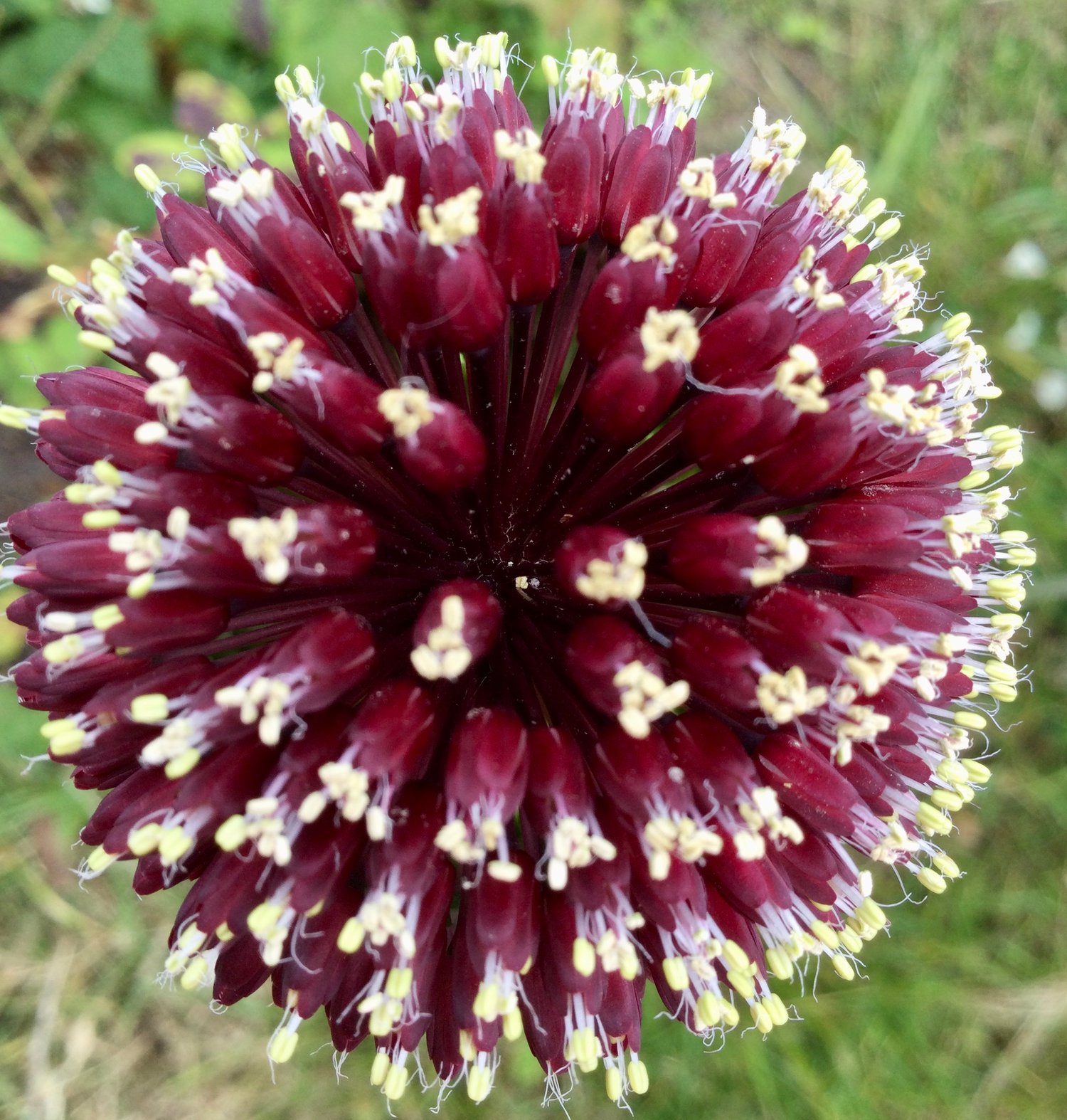
Ingenious designs!
Nature is bursting with patterns and the diversity of patterns is fantastic, from leopards’ spots that merge into rosette markings as the cubs grow to shells and bumblebees with their black and yellow stripes.

Our world is often a confusing place, and we look for patterns and order to make sense of it. So what is a pattern?
We often think of patterns as something that repeats itself.
Symmetry is one type of pattern and we are surrounded by symmetry. Look at your face or body. Your left side is like your right. You can find symmetry in the face of a damselfly, a snowflake, a sunflower, or a beetle. Symmetrical objects can be divided into parts of equal shape or size. Symmetry looks naturally appealing to our eyes, and we often think that a face is beautiful when the features are symmetrical.
Kids love to ask lots of questions and this one might pop up during a walk in the countryside or local park.
Why is symmetry so prevalent?

The truth is we are not entirely sure why symmetry is so common in nature. One explanation is that for example, bilateral symmetry, which is common in animals, makes it easier for an animal to move in a certain direction. A fish swims effortlessly around compared to a seastar which has a fivefold symmetry (this symmetry was for unknown reasons developed from a bilateral seastar). Bilateral symmetry could also have been preferred since it meant that creatures could develop a spine and central nervous system.

Butterflies are often used to explore symmetry. Even young children grasp the idea that one wing looks the same as the other. A simple but engaging activity is a draw a butterfly on cardboard and then fill the wings with flowers or other natural materials to create a symmetrical pattern. Punch holes in the cardboard – make sure that the pattern is symmetrical. You can see some stunning photos here of pretty butterfly wings filled with flowers.

Or why not make a giant beetle from cardboard and fill it with natural materials found outside like sticks or pebbles – just make sure that when you are collecting materials from nature that it is fine to take home.
Nature might be filled with symmetry so it is easy to believe that everything is symmetrical. But the breaking of perfect symmetry is important in nature. This is nature’s way of making things that are the same into different things.


